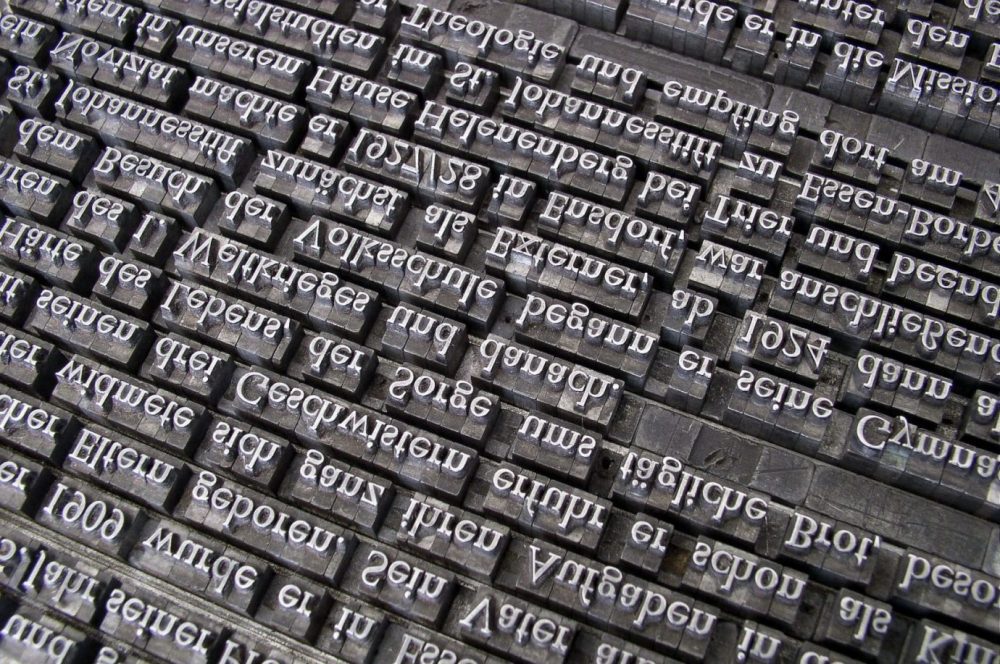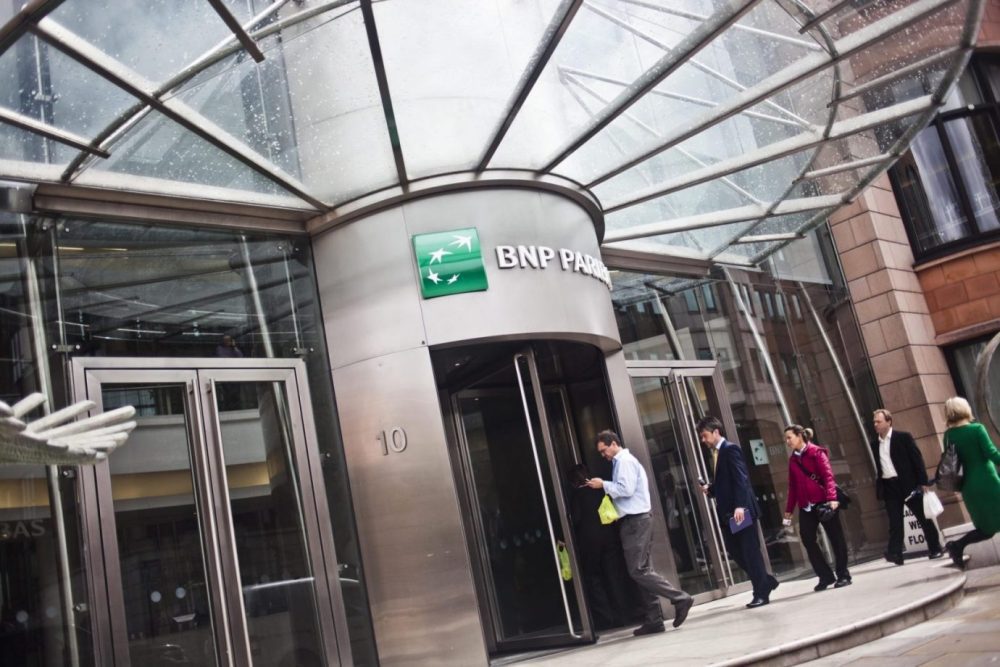
12 Top Blockchain Predictions Part 1
By Dinis Guarda with Hernaldo Turrillo and input from Outlier Ventures team
Blockchain technology and solutions have come a big way. Blockchain technology and its related definitions, perceptions and myths have still lot to develop. Blockchain innovation is not something black and white as the so called Fourth Industrial Revolutiomn Technologies 4IR like for example AI but its solutions and importance are out of question. 2019 made blockchain mainstream special because of the Chinese Government lead on this hybrid tech and Facebook take on its proposed digital currency Libra.
There is no doubt that over 50 years since the inception of the internet and the 11 years since the creation of Bitcoin, the next decade will be encrypted and powered by blockchain technology solutions. Blockchain tech and the infustry that has emerged out of it are more powerful than ever and special from Finance, Central Banks, to supply chain the next years will be the year we follow the S-Curve of technology diffusion out of the period of Installation and into Deployment, where we see ‘synergy’ and ‘consolidation’ of the so called DLT Distributed ledger technologies begin to take effect in society.
Blockchain has been an ideology, a synonym with crypto, distributed database, identify software, tokenisation, smart contracts and many other things. It is critical to highlight is is a sum of multiple areas and we are seeing it finally grow up, with institutional, business corporations money trickling into the market based on fundamentals – real traction and usage.
The blockchain industry will grow to a value of US$3.1 TRILLION by 2030 according to research by Gartner:

Next years will marks the start of more mature and usable blockchain networks creating democratic applications, building an increasingly competitive landscape for projects to battle it out in order to become mainstream. This is the beginning of the cycle, where tomorrow’s next internet unicorns are born, built on demand and mass usage using blockchain as a default foundational technology. For mass adoption to happen, education, distribution over any necessarily fundamental innovation, will become key, and can only be built, bought or borrowed using an open stack of collaborative solutions and technologies.
We highlighted 12 ways that can be seen as directions, predictions we expect from blockchain technology and its related ecosystem:
1. Blockchain adoption by Governments and Central banks
Blockchain is becoming paramount for governments and central banks.
By the end of 2020 many of the pieces needed for a break-out mainstream game will be there: high-performance platforms; easier to use on and off-ramps for digital assets; and better digital asset storage and distribution tools for gamers. So, all that is left is the distribution and reaching gamers. This will be accelerated by the ability for gamers to earn credits that can be used in and possibly across games by renting out their GPU and CPU hardware to run computational and rendering tasks.
Prediction: All central banks and governments that want to be on the lead will have to adopt blockchain, digital currencies solutions.
2. Blockchain Supply Chain
Supply chain solutions by blockchain are becoming mainstream and the adoption will increase. Multiple industry players are now understanding that the usage of supply chain will help solve provenance and scale ways to understand all cycles of supply chain. Blockchain is now being applied to most of the challenges of the Supply Chain industry such as complicated record keeping, managing provenace and tracking of products and identity of products and services. As distributed ledger CRMs and smart contract provenance dashboards take over they offer less corruptible and better-automated alternative to centralised manual databases. Following on this are the ways in which blockchain can be useful in the overall supply chain industry. Uses can be seen in textile, food supply chain, telecom solutions and so forth.
Prediction: In the next 2 years all major players in supply chain will be using blockchain network solutions.
3. Enterprise blockchain
Enterprise blockchain will touch all areas of business and will become the default to manage enterprise management solutions and distribution and encryption of databases and cloud solutions.
In the last years there has been an explosion of interest in the distributed ledger technology as the new unparalleled organizing force and an answer to enterprise problems that have plagued humans for thousands of years.
Enterprise blockchain is becoming the underlying technology that is helping creating networks which verify, validate, and secure information as a single source of truth, but also, add layers of embedded payments, smart contracts automating processes, and create an overall friendlier, more efficient user experience in these: Finance, Food, Agriculture, Media / advertising, Tickets, Healthcare, Education, Real estate, mining and Precious stones, Government, Nonprofits
Prediction: Enterprise blockchain will grow and become the major technology for enterprise databases and corporate identity
4. China emerges as the blockchain super power and its government goes on digital currency
Chins has emerged as the blockchain super power. The Bank of International Settlements (BIS) survey of 63 central banks in 2018 shows the majority were researching or starting proof-of-concept work on digital currencies, although most of them were not ready yet to actually launch.
Christine Lagarde, the European Central Bank President, said a Central Bank Digital Currency “could satisfy public policy goals, such as financial inclusion, and security and consumer protection; and to provide what the private sector cannot: privacy in payments”. These CBDCs will be wholesale CBDCs rather than retail. It’s likely central banks will focus on the wholesale market leaving the retail market for regulated institutions. In 2020, we expect this to be how the Chinese Digital Currency Electronic Payment (DCEP) launches with licenses given to select exchanges and dominant platforms as distribution platforms to hundreds of millions of users like Alibaba, Baidu and Tencent.
Prediction: China is now the blockchain super power. More than 500 million Chinese citizens to be using a service connected to the DCEP network by the end of 2020.
5. European Blockchain scene booms
2020 will see Europe begin to steal a march on the US as The West’s hub for blockchain projects, in particular tokenised networks, to both finance and base themselves.
However, it is to be seen to what extent with Brexit, London continues to be part of that narrative, it was previously the second most popular city globally for early-stage blockchain financing. This is all largely driven by the EUs determination to break away from the last few decades of US dominance over the internet – what it sees as Silicon Valley’s anti-social and extractive web monopolies, initially based on concerns around data but now with Libra the very stability of its financial system.
Prediction: European investment will grow. The EU venture capital in blockchain companies was $700 million in 2019 and will surpass the all time high of $850 million of 2018 to reach $900 million in 2020.
6. The Great East/West divergence plays out in blockchain
Asia is taking over as the driver of the world economy. In particular China, the more we have come to believe there will be a divergence between the East and West in blockchain, and more specifically digital assets. Of course, this is nothing new; there have always been in effect two versions of The Web but the acceleration of adoption driven by the Chinese central and provincial governments is staggering.
• Whilst China formally pursues a path of permissioned and untokenised blockchain, Bitcoin mining and several POS networks like EOS are already dominated, and some argue controlled by Chinese companies.
• The majority of exchanges and trading volume is still Chinese originated and it is understood by Q2 of 2020 there will be a few national champions formally given licenses, likely to operate initially in fairly restricted ways, possibly out of free trading zones.
• We can expect various provinces and SOEs (State Owned Enterprises) to begin to champion their own regionally based tokenised networks within central guidelines.
• The Chinese Digital Currency Electronic Payment (DCEP) will reach hundreds of millions of consumers overnight by forcing adoption by dominant platforms, but this also further entrenches their business models where in the West we like many believe Web 2.0 platforms will be unbundled.
Perhaps we will see a longer period of Web 2.5 in Asia or an entirely different form of Web 3.0, but the outcome will lead to a battle for not just technological, but potential financial dominance.
Prediction: Asia will lead blockchain and South Korea and a few Chinese exchanges are given official permission under license to operate domestically under restrictions.
More blockchain predictions to be discussed in part 2 of 12 Top Blockchain Predictions.

Dinis Guarda is an author, academic, influencer, serial entrepreneur and leader in 4IR, AI, Fintech, digital transformation and Blockchain. With over two decades of experience in international business, C level positions and digital transformation, Dinis has worked with new tech, cryptocurrencies, drive ICOs, regulation, compliance, legal international processes, and has created a bank, and been involved in the inception of some of the top 100 digital currencies.
Dinis has created various companies such as Ztudium tech platform a digital and blockchain startup that created the software Blockimpact (sold to Glance Technologies Inc) and founder and publisher of intelligenthq.com, hedgethink.com, fashionabc.org and tradersdna.com. Dinis is also the co-founder of techabc and citiesabc, a digital transformation platform to empower, guide and index cities through 4IR based technologies like blockchain, AI, IoT, etc.
He has been working with the likes of UN / UNITAR, UNESCO, European Space Agency, Davos WEF, Philips, Saxo Bank, Mastercard, Barclays and governments all over the world.
He has been a guest lecturer at Copenhagen Business School, Group INSEEC/Monaco University, where he coordinates executive Masters and MBAs.
As an author, Dinis Guarda published the book 4IR: AI, Blockchain, FinTech, IoT, Reinventing a Nation in 2019. His upcoming book, titled 4IR Magna Carta Cities ABC: A tech AI blockchain 4IR Smart Cities Data Research Charter of Liberties for our humanity is due to be published in 2020.
He is ranked as one of the most influential people in Blockchain in the world by Right Relevance as well as being listed in Cointelegraph’s Top People In Blockchain and Rise Global’s The Artificial Intelligence Power 100. He was also listed as one of the 100 B2B Thought Leaders and Influencers to Follow in 2020 by Thinkers360.



































